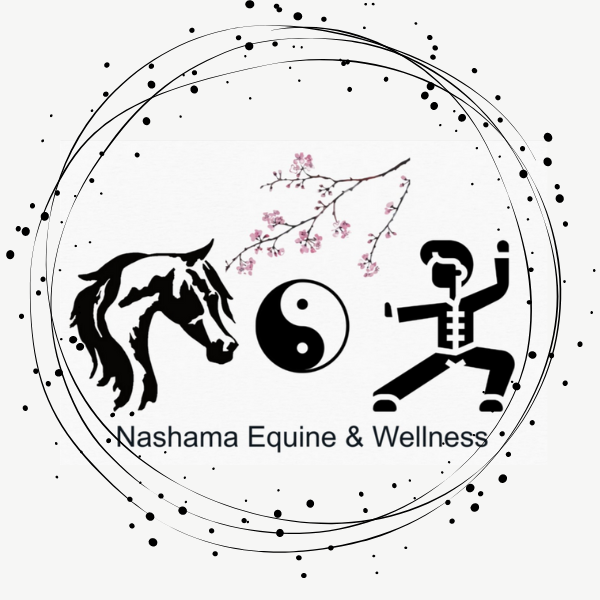Mindfulness & Crochet
I am often asked why, with everything else I do, do I crochet? It’s such an old-fashioned thing to do, is there a wellness benefit to crochet, knitting or sewing?

My answer is, of course:- “Yes, to all 3!”
Crocheting is a complicated series of knots made with a hook which form a beautiful fabric, which cannot be replicated by machine.
Crocheting or knitting is not just for old ladies. I have crocheted since I was 8 or nine years old. I can crochet often by feel alone, which is great for someone who is vision impaired.
During Covid many young people, quite a few of them male, revived the art of crochet to relieve boredom, learn something new, and even make online friends in a like-minded crochet community.
Why did crochet revive so spectacularly with a technical generation?
Well, studies have shown crochet promotes mindfulness, coordination, hand dexterity and brain function. They show the less we use our brain for complex puzzles, the more we lose the ability to do it.

Research by the Department of Psychology at the University of Otago found that creative activities, such as crochet, can cultivate positive psychological functioning benefits.
An agile, strong and healthy brain is one that is able to tackle challenging and sometimes even strenuous tasks that require the brain to use multiple regions of the brain to work together. Hand movement, eye contact, attention, and pattern recognition are a few things involved when crocheting.
Crochet requires the brain to connect and work with different areas of the left and right side of the brain, and communicates between both hemispheres, which increases the thickness of the brain’s corpus callosum, the brain tissue involved in connecting communication signals between both left and right hemispheres.
Crocheting also has calming effects. The sensory feel of the soft fabric created promotes a sense of ease and safety. The repetitive process creates a therapeutic feeling when our brain releases feel-good hormones. The result of this gives people an emotional and cognitive sense of well-being.
The mental health effect of challenging our brain to use different areas to communicate in unison and properly execute actions discourages the chemical atrophy which can cause the brain to function to become fragmented. Mental illnesses such as dissociative disorder, bipolar disorder, and others sometimes are linked due to this.
Crocheting not only makes us feel better but also can physically, spiritually and psychologically improve our health.

References:
NICM, Western Sydney University. “Exercise increases brain size, new research finds.” ScienceDaily. ScienceDaily, 13 November 2017. <www.sciencedaily.com/releases/2017/11/171113195024.htm>.
University of Otago. “Creative activities promote day-to-day wellbeing.” ScienceDaily. ScienceDaily, 23 November 2016. <www.sciencedaily.com/releases/2016/11/161123183914.htm>.
National University of Singapore. “Good nutrition, physical training and mental exercises can reverse physical frailty in older people.” ScienceDaily. ScienceDaily, 19 June 2017. <www.sciencedaily.com/releases/2017/06/170619092518.htm>.

